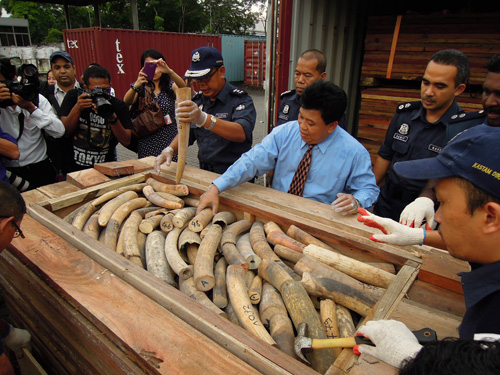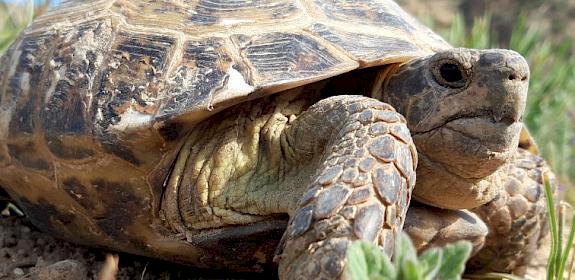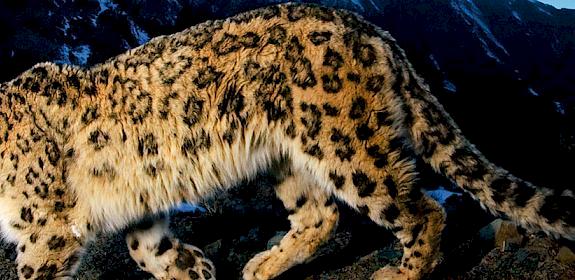CITES agrees improved ivory control measures
Bangkok, Thailand, 13th March 2013—Governments meeting at the Convention on International Trade in Endangered Species of Wild Fauna and Flora (CITES) currently underway in Bangkok today agreed a series of measures to improve the regulation of the global illegal ivory trade.

The move came against a backdrop of record poaching of elephants in Africa and the illegal ivory trade at its highest recorded levels.
The new measures include a requirement for the compulsory reporting of all ivory stockpiles held by governments on an annual basis. Ivory stockpiles represent an undocumented source of ivory for illegal trade. There have been a number of recent cases of ivory missing from government-held stockpiles, and the new measure should help tighten up regulation of such depositories.
Also agreed by governments was that all ivory seizures of more than 500 kg in weight will be forensically examined. TRAFFIC has previously made the case that such examinations should be routine for all large-scale ivory seizures because of the invaluable intelligence they can provide into the origin of the ivory in question and the possible insights into those behind the smuggling.
Countries will also be required to report on measures taken to prevent illegal trade in live captive elephants. This move will support endangered populations of the Asian Elephants that are subject to live animal trafficking in some countries such as Thailand and Myanmar.
“TRAFFIC fought hard to put teeth into this resolution to support elephant conservation. Going forward, we are now better equipped to tackle the ever increasing illegal trade in ivory,” said Tom Milliken, TRAFFIC’s expert on ivory issues.
An important amendment to the final agreement on ivory measures was made by Gabon, who called for the introduction of demand reduction strategies—a series of awareness raising campaigns to reduce consumer demand for ivory in key end-use markets. Such demand reduction measures are seen as a viable long-term approach to solving the ivory trafficking issue.
In a separate development, eight countries—China and Thailand as end-use markets, Malaysia, Philippines and Viet Nam as transit countries, and Kenya, Tanzania and Uganda as source and exit points in Africa—are developing action plans to address the illegal flow of ivory along the trade chain. The CITES Standing Committee is expected to approve these efforts at a special meeting at the end of the Conference of the Parties.



